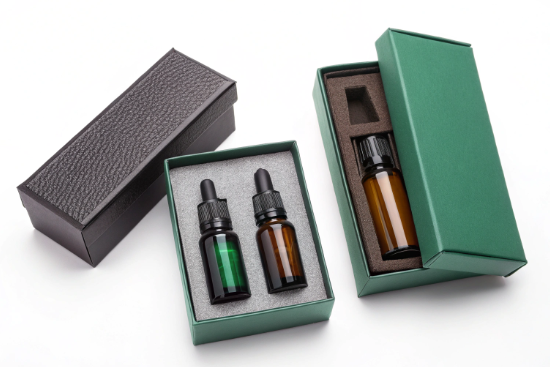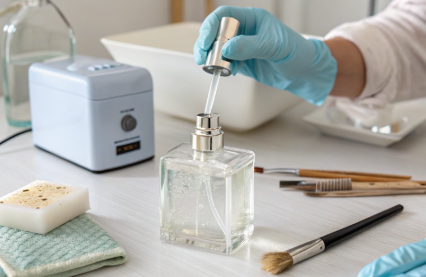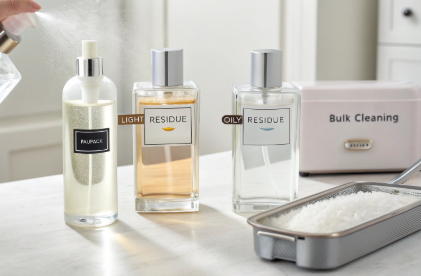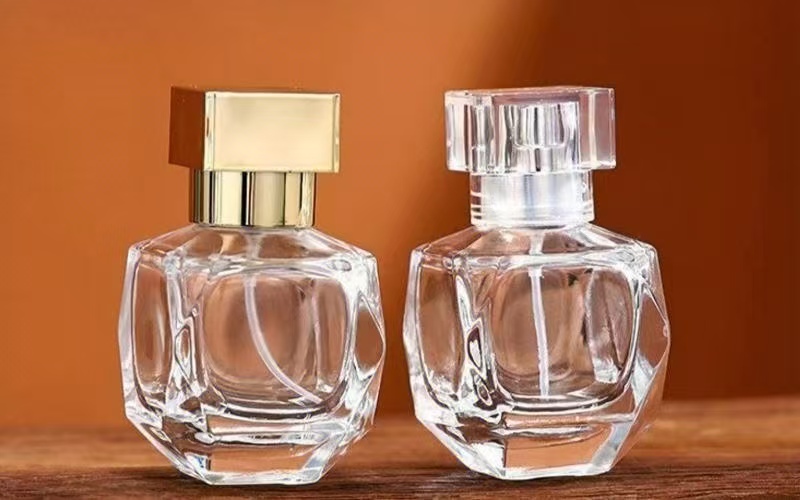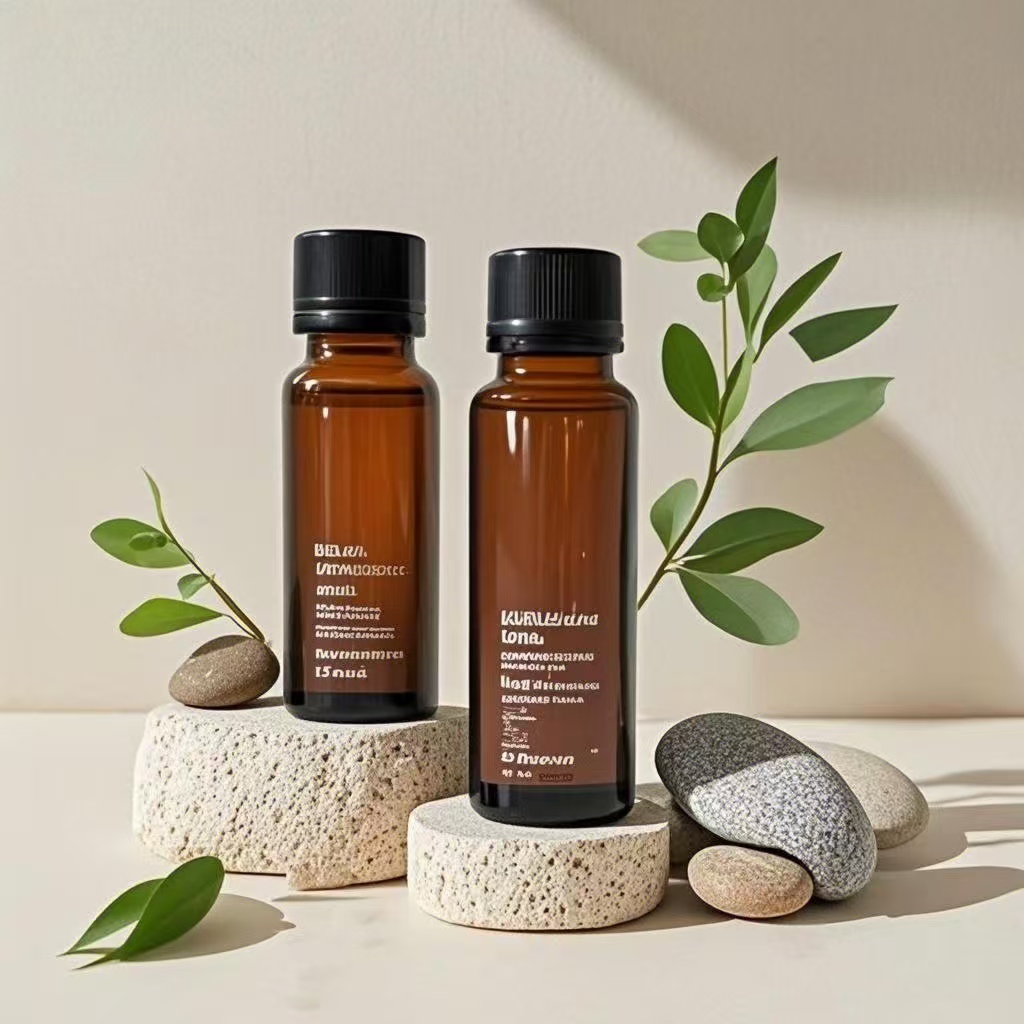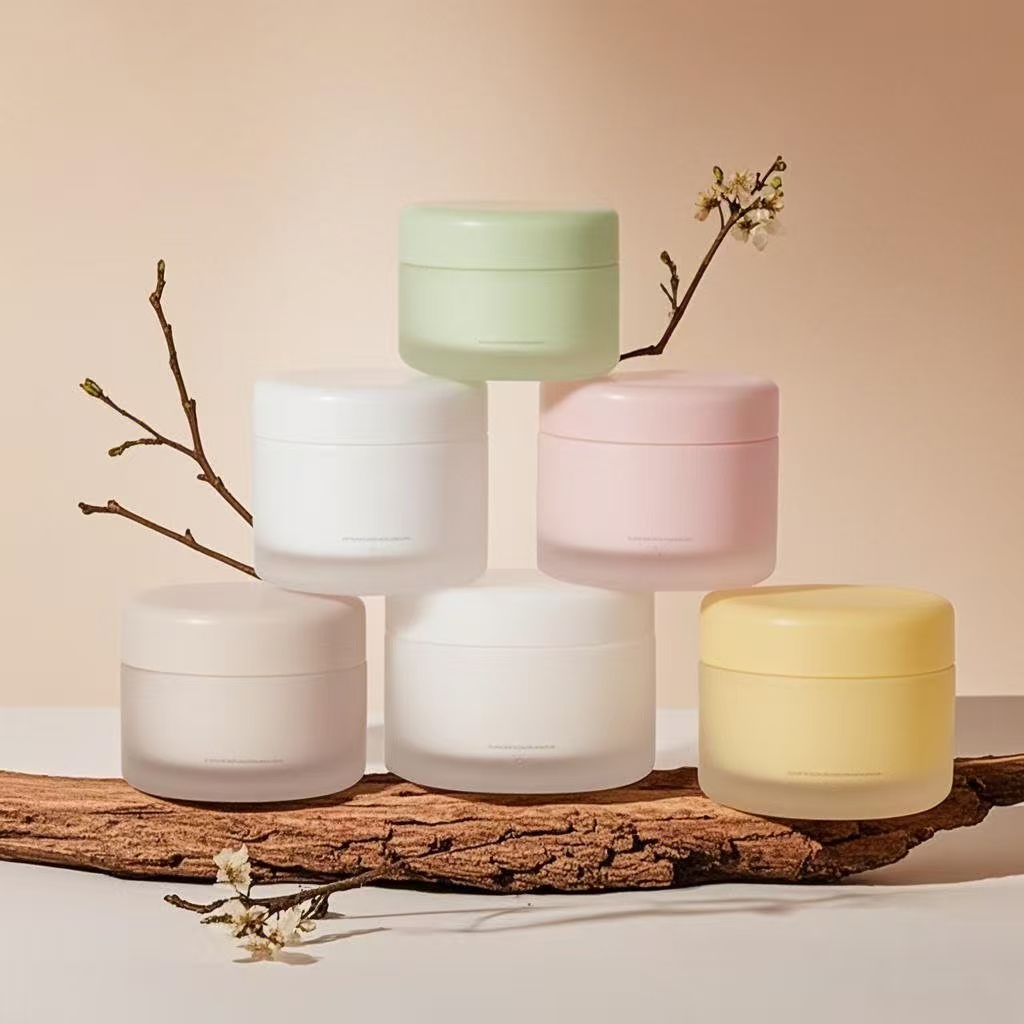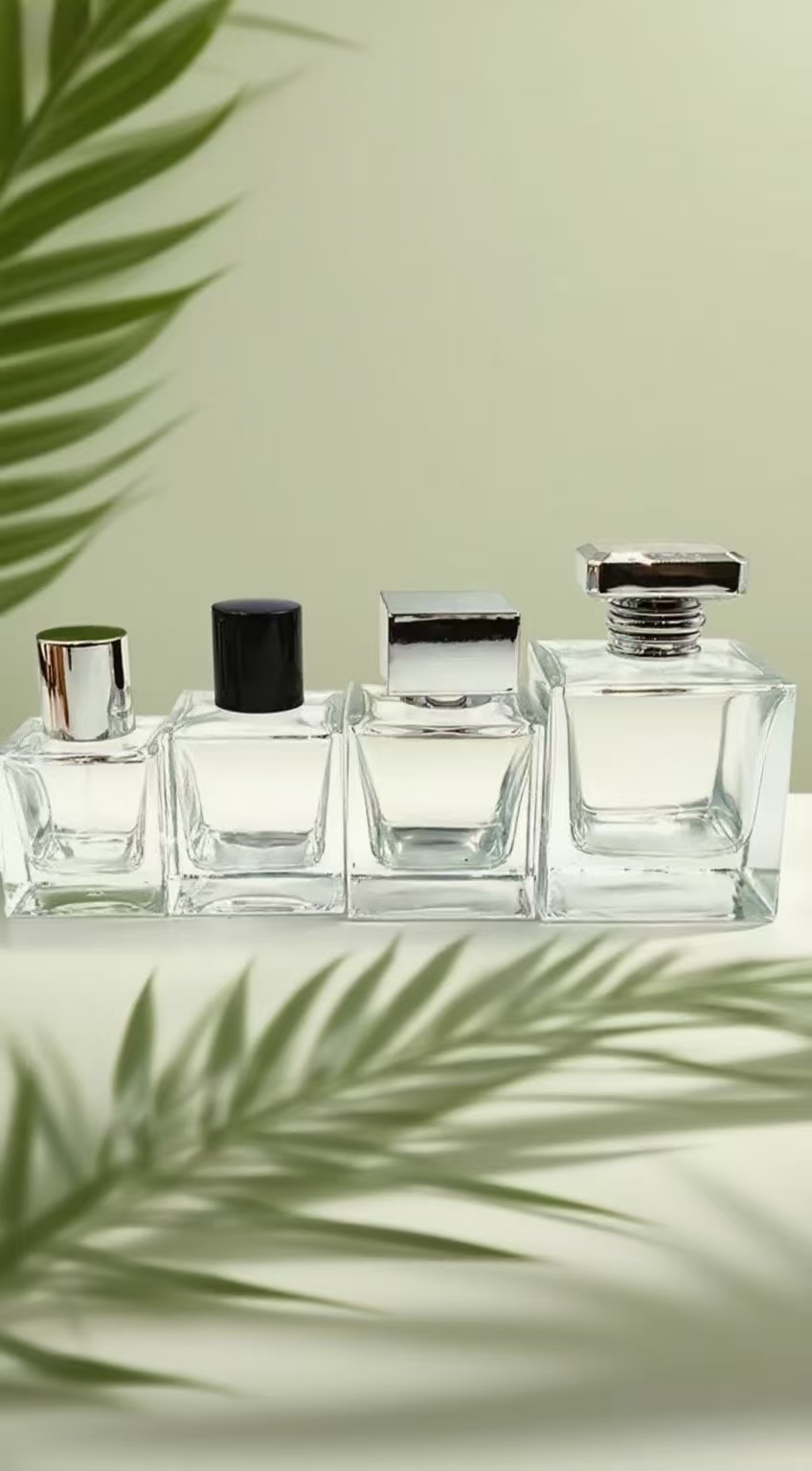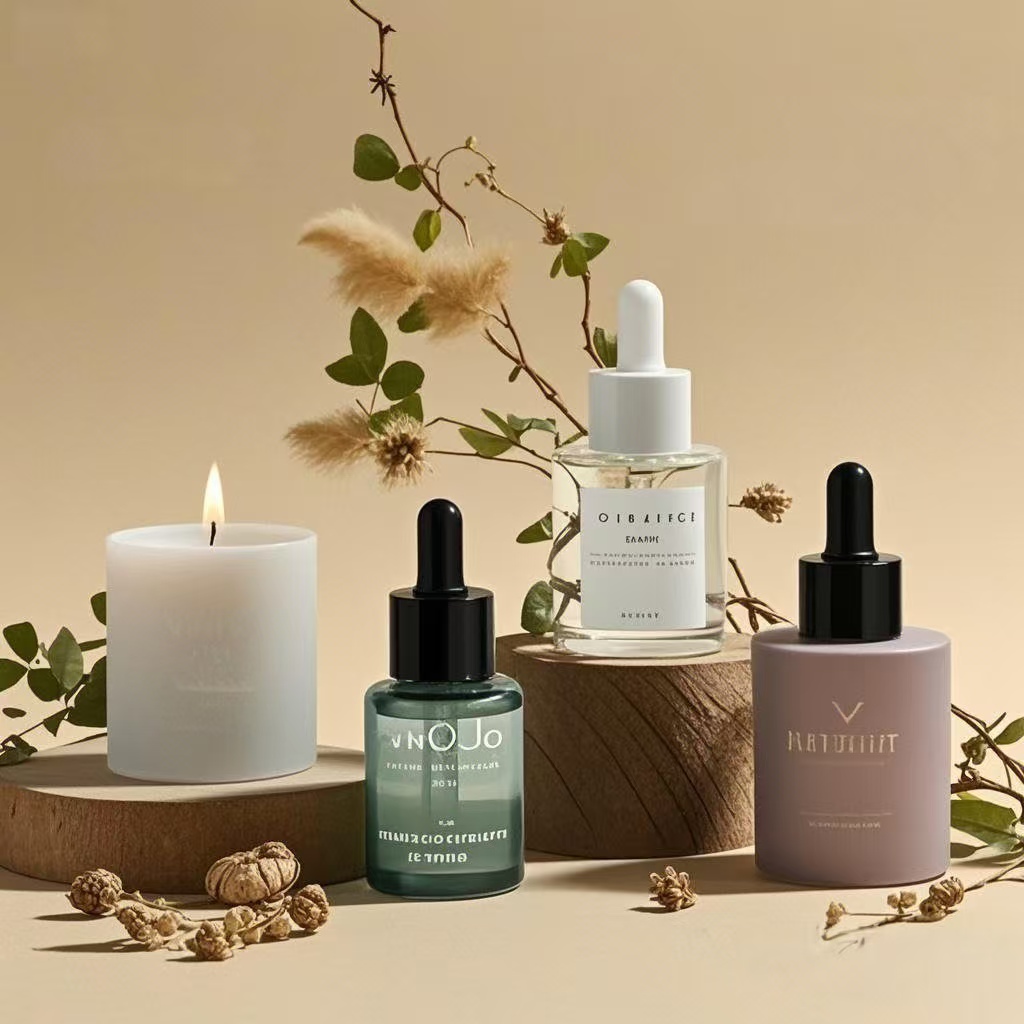Mold inside perfume bottles can ruin not just the scent—but your entire product line. Left unchecked, it erodes consumer trust and damages your brand reputation.
Yes, mold can be completely removed from glass perfume bottles with the right cleaning techniques and sanitization practices.
If you’re sourcing or selling perfume bottles in bulk, ensuring they are mold-free is essential for both product safety and packaging integrity. Let’s walk through proven methods to remove mold and keep your bottles clean, especially if you’re reusing or storing inventory long-term.
How to get rid of mold in a glass bottle?
Mold is stubborn—but not invincible. If it finds its way into your stockroom bottles, it can quickly spread across units and storage.
To get rid of mold in a glass bottle, soak it in a vinegar or baking soda solution, scrub thoroughly with a bottle brush, rinse with hot water, and sanitize with alcohol.
Let’s explore a detailed, step-by-step guide:
Step-by-Step Mold Removal Process
| Step | Method | Why It Works |
|---|---|---|
| 1 | Rinse with Hot Water | Loosens residue and opens up spores |
| 2 | Soak in White Vinegar (or Baking Soda + Water) | Natural antifungal agent |
| 3 | Scrub Interior with Bottle Brush | Physically dislodges mold colonies |
| 4 | Rinse Again with Hot Water | Flushes remaining debris |
| 5 | Sanitize with Isopropyl Alcohol (70%+) | Kills invisible spores |
| 6 | Air Dry Upside Down on Sterile Rack | Prevents moisture buildup |
At PauPack, we always recommend our clients sanitize any bottle before filling—especially if you’re using eco-friendly or refillable designs. With glass packaging, proper maintenance can extend both its life and safety.
How to clean a glass perfume bottle?
A dirty bottle doesn’t just look bad—it can chemically alter your fragrance. Whether you're reusing old packaging or prepping a new bottle line, cleanliness is key.
To clean a glass perfume bottle, empty any residue, flush with warm water, clean with mild soap or alcohol, and rinse thoroughly before letting it dry upside down.
This ensures no contamination compromises the scent inside. Here's a breakdown of effective cleaning solutions:
Dive Deeper: Cleaning Techniques by Scenario
For Light Residue
-
Use warm water and a few drops of dish soap.
-
Shake gently for 2–3 minutes and rinse.
-
No brush needed.
For Oily or Fragrant Residue
-
Flush with rubbing alcohol or vodka (unscented).
-
Let soak for 5–10 minutes.
-
Rinse thoroughly to prevent lingering smell.
For Refillable Bottles in Bulk
-
Use an ultrasonic cleaner with distilled water.
-
Follow up with 70% alcohol rinse.
-
Ideal for brands dealing with high volumes.
If you're working with PauPack’s customizable spray or roller bottles, our technical team can recommend compatible cleaning agents that won’t react with specialized coatings or interior linings.
Can mold be removed from glass?
Yes, and in most cases, completely—without damaging the glass or the bottle’s function.
Mold can be effectively removed from glass using a mix of physical scrubbing, heat, and natural disinfectants like vinegar or alcohol.
What’s more important is identifying how the mold developed. In B2B perfume packaging, the most common causes include:
-
Bottles not being dried properly after production
-
Storage in humid environments
-
Organic residue from unwashed testing batches
Preventive Measures for Mold-Free Packaging
| Practice | Benefit |
|---|---|
| Store bottles in climate-controlled warehouses | Reduces humidity that encourages mold |
| Implement pre-fill sanitation SOPs | Ensures every unit is safe before use |
| Use desiccants in packaging | Controls moisture during shipping |
| Source bottles from certified cleanroom facilities | Eliminates risk at the manufacturing stage |
At PauPack, we manufacture under strict ISO and FDA-certified protocols, ensuring your glass perfume bottles are delivered clean, dry, and mold-free—ready for filling.
How do you get mold out of a spray bottle?
Spray bottles add complexity—because mold can hide inside the nozzle or pump, making it harder to spot or remove.
To remove mold from a spray bottle, disassemble the pump, soak all parts in a vinegar solution, scrub, flush with hot water, and spray clean water through the nozzle to clear internal buildup.
Here’s a specialized approach for spray mechanisms:
Cleaning the Nozzle & Pump System
-
Disassemble all parts – including cap, dip tube, and actuator.
-
Soak in vinegar or hydrogen peroxide for 30 minutes.
-
Use a thin pipe cleaner to scrub the dip tube.
-
Pump clean water through the nozzle to flush.
-
Dry completely before reassembling.
If you’re buying spray bottles wholesale, ask your supplier (like PauPack) whether the spray components are removable and washable. We design our perfume and room spray bottles with cleaning and reuse in mind—especially for refillable beauty lines.
Conclusion
Clean glass bottles are non-negotiable for any beauty or fragrance brand. With the right steps, you can remove mold, sanitize components, and protect your product integrity.




